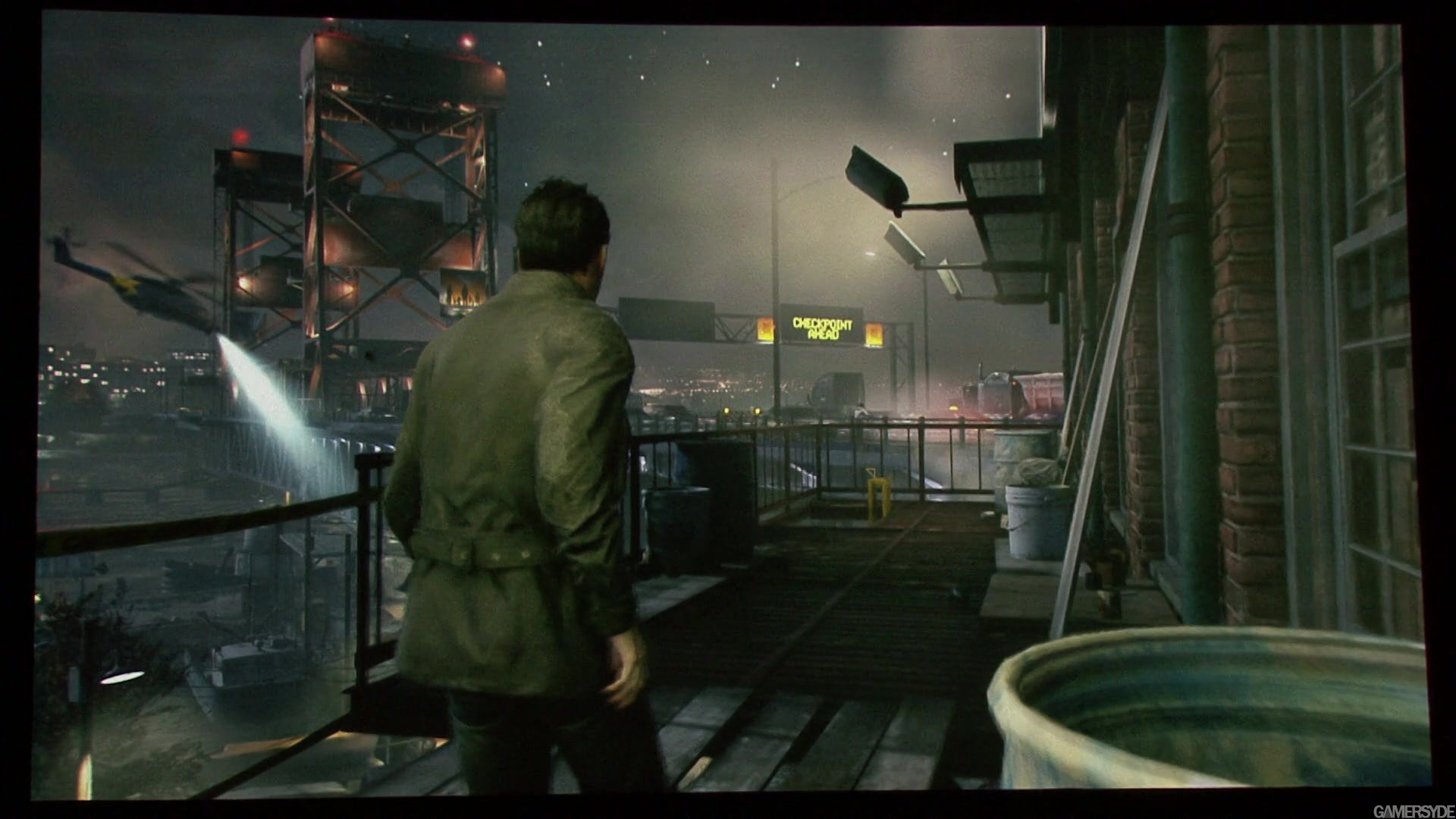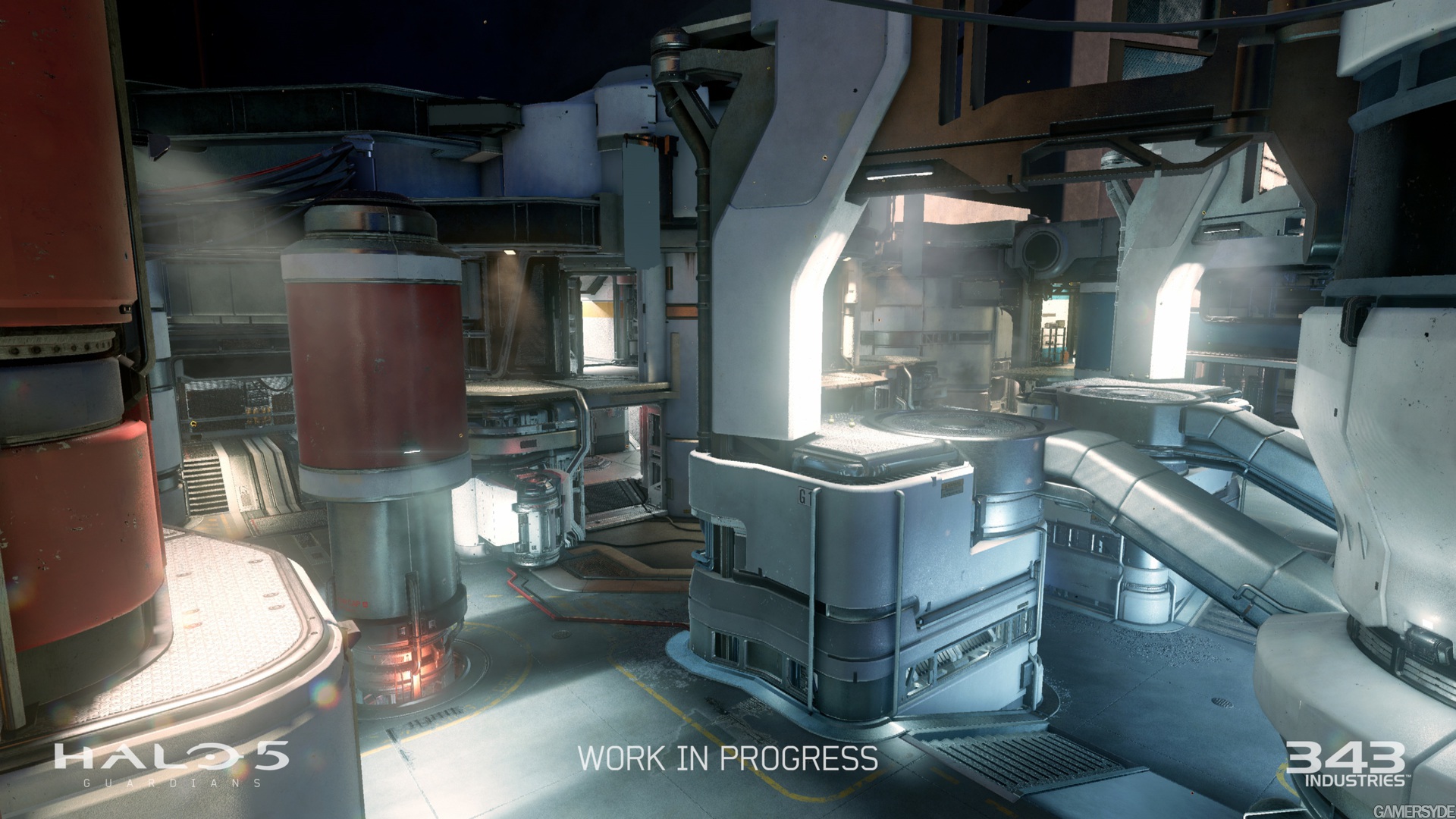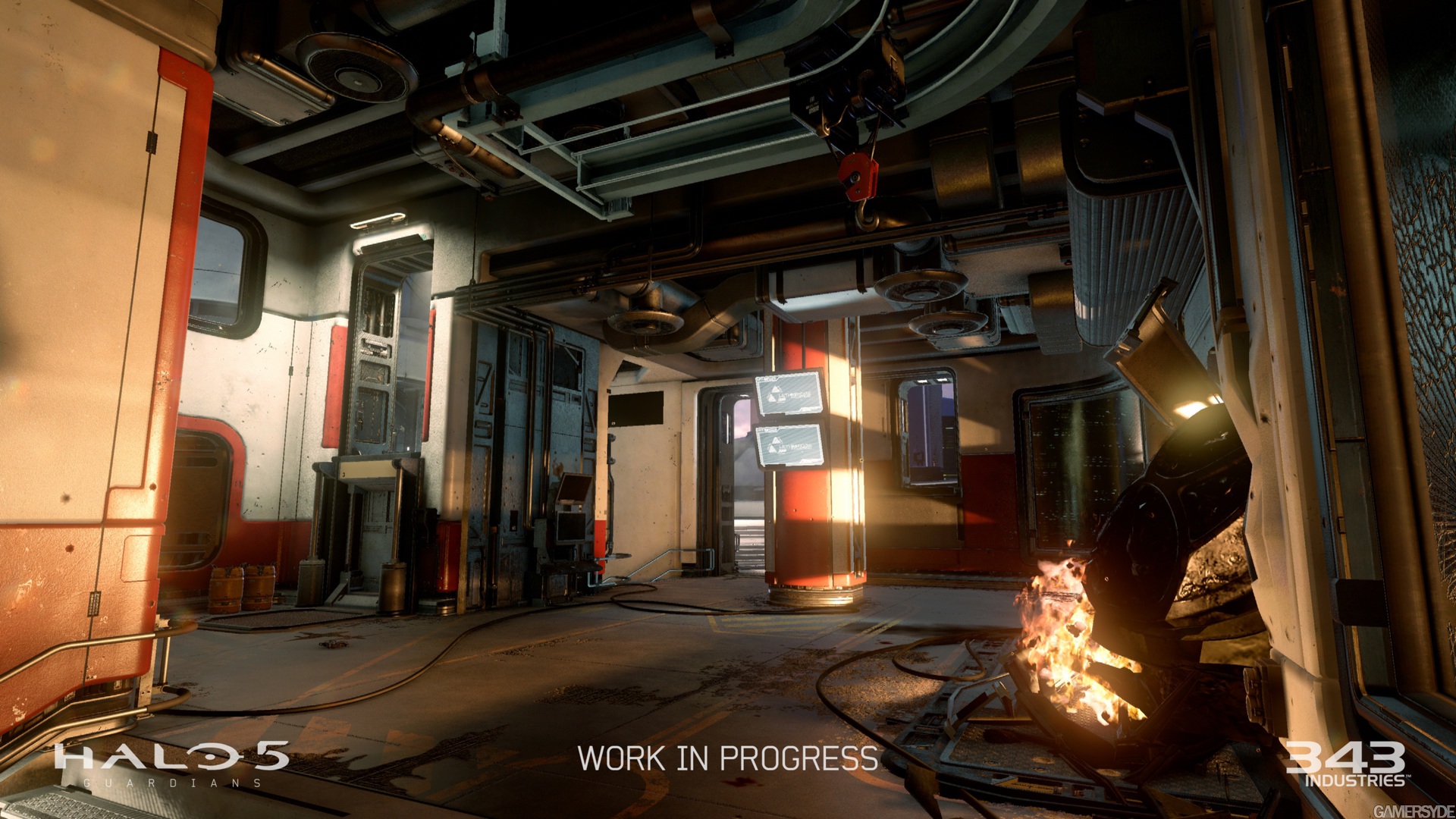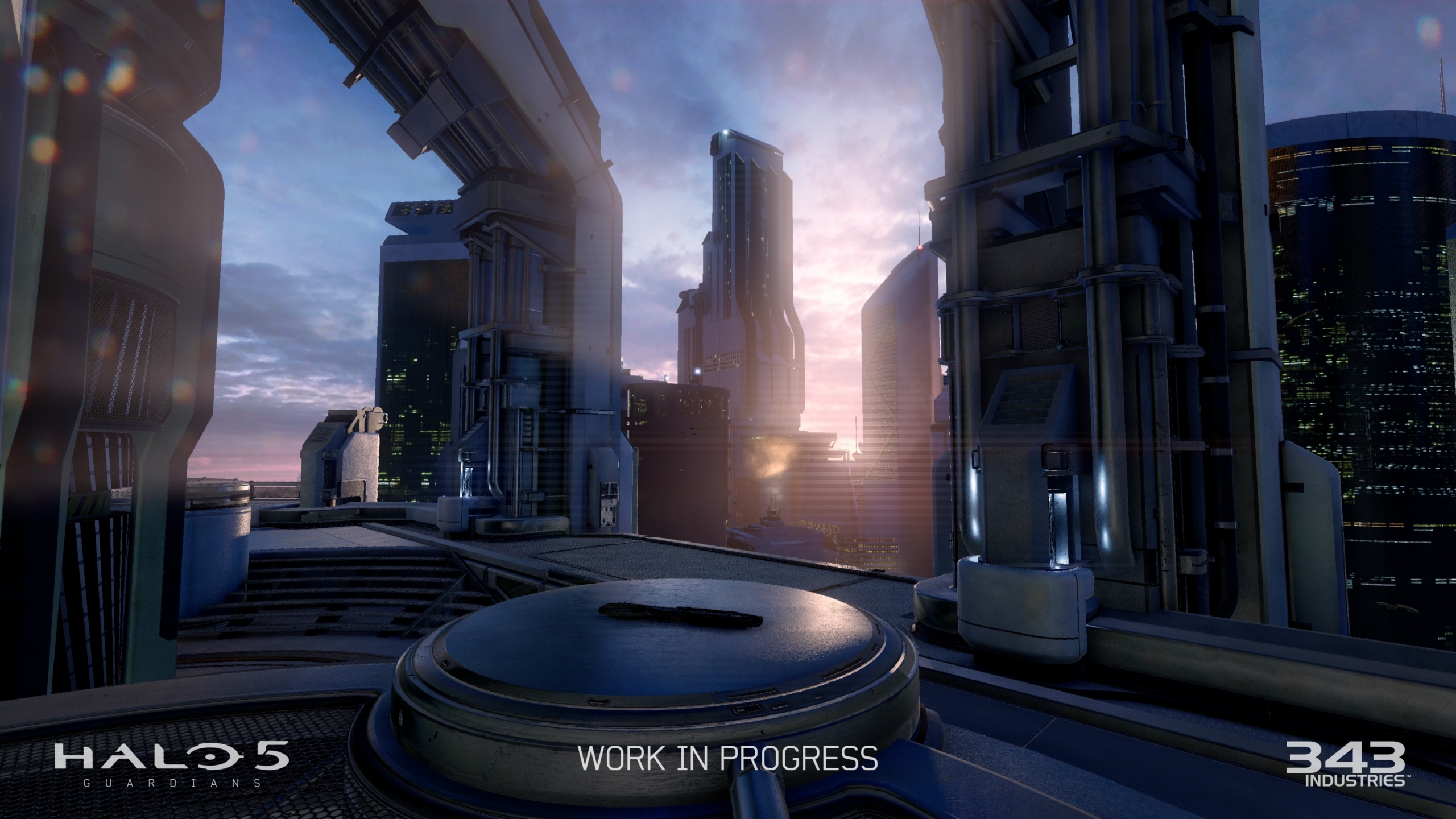Gamersyde pics from gameplay video of Quantum Break:
http://www.gamersyde.com/gallery_25927_en.html
On this image we can find clues of horizontal sub-1080p aliasing on the board, center right between the character and the wall and also a few edges on the (low poly) vase just under the board. But those sub-1080p edges could come from lower res lighting "edges", not from framebuffer resolution, we need more clues to be more certain of anything.

Compared to the previous old pics released (that were native 1080p with obvious edges) and the recent official screenshots "bullshots" released, it's very blurry with some heavy post AA destroying all details + DOF + strong grainy filter and probably sub-1080p just judging from the obvious lack of clarity.
The official screenshots look indeed different, much better than those gameplay pics, IMO it's using the same gameplay engine but only downsampled from higher res like 4K.
http://www.gamersyde.com/gallery_25927_en.html
On this image we can find clues of horizontal sub-1080p aliasing on the board, center right between the character and the wall and also a few edges on the (low poly) vase just under the board. But those sub-1080p edges could come from lower res lighting "edges", not from framebuffer resolution, we need more clues to be more certain of anything.

Compared to the previous old pics released (that were native 1080p with obvious edges) and the recent official screenshots "bullshots" released, it's very blurry with some heavy post AA destroying all details + DOF + strong grainy filter and probably sub-1080p just judging from the obvious lack of clarity.
The official screenshots look indeed different, much better than those gameplay pics, IMO it's using the same gameplay engine but only downsampled from higher res like 4K.


















